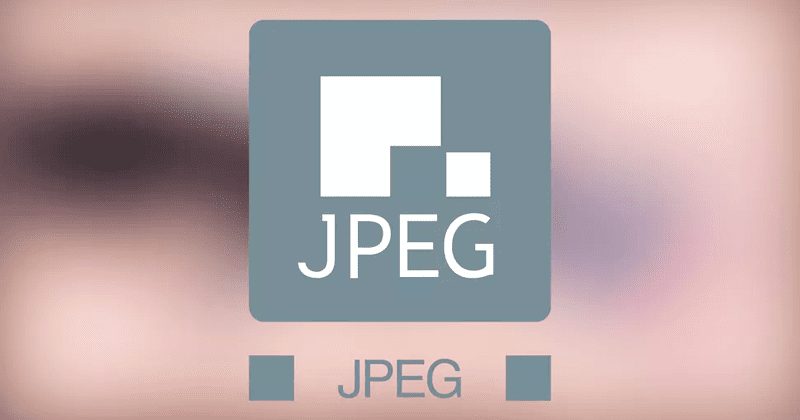However, now according to the latest reports, it will now simply receive a successor which will be known as JPEG XL, and not only that even it should result in 60% smaller files of the same quality. According to the well-known media, of course, I am talking about the CNET, the Joint Photographic Experts Group has asked interested organizations to submit their proposals to improve JPEG by 1 September. Moreover, there are other goals besides reducing the file size. This includes transparency and HDR support; animations made from multiple frames, such as the tech giant Apple’s Live Photos; and tools to adapt an image on demand, depending on the connection speed and screen size. There is already a competition between image formats. You may have heard of the High-Efficiency Image Format (HEIF) supported on iOS and MacOS since last year, which occupy less space than JPEG. It won a simplified version, the MIAF (Multi-Image Application Format), backed by the tech giant Apple and the tech giant Microsoft. There is also AVIF (AV1 Image Format), inspired by video codecs, which is being developed by Mozilla, Google, Netflix and others. Like HEIF, it supports transparency, HDR and animated photos. Too many formats could become a problem in the future. Processing images via hardware consume less power than software, and we know how long battery life is important for smartphones and laptops. However, it would be necessary to convince processor companies – such as ARM, Qualcomm, Apple and Intel – to embed support. Hence the importance of choosing just one pattern. Fortunately, MIAF or AVIF can become the basis for JPEG XL. The tech giant Microsoft and the tech giant Apple are active participants in the Joint Photographic Experts Group, and the engineers behind AVIF do not rule out the idea. JPEG survived for 25 years because it is compatible with all kinds of hardware (cameras, cell phones) and software (operating systems, web browsers). Moreover, its successor must meet the same requirement – and take up less space. As we migrate to larger resolution screens, companies look for ways to reduce the size of photos and videos, save server space, save their data franchise, and view everything as fast as possible. JPEG XL can help with this. So, what do you think about this? Simply share all your views and thoughts in the comment section below.
Δ


